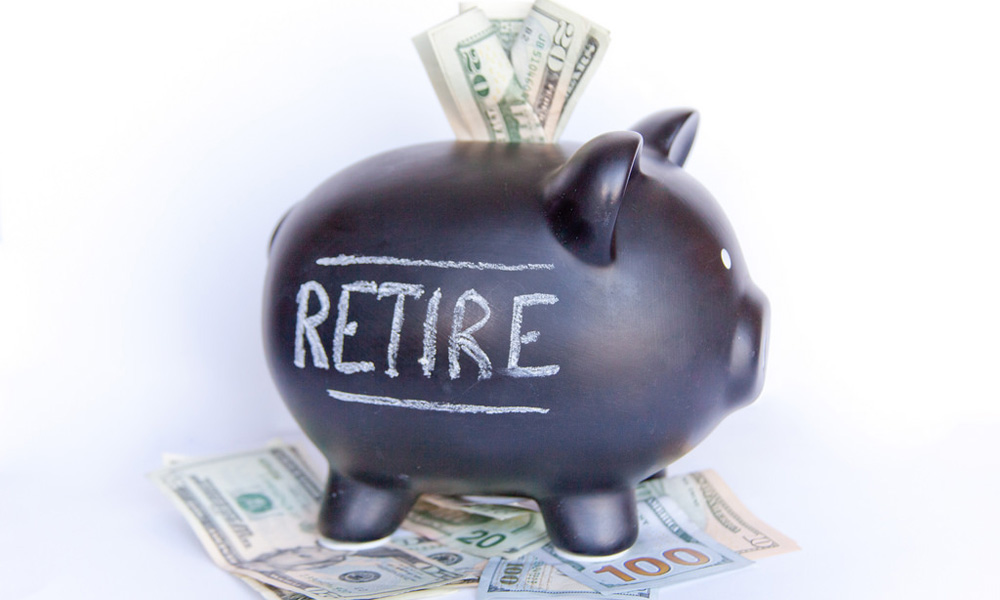

Deprecated: Implicit conversion from float 1756504146.840576 to int loses precision in /www/investmentzen_357/public/blog/wp-content/plugins/intelly-related-posts/includes/classes/utils/Logger.php on line 93
Deprecated: Implicit conversion from float 1756504146.840666 to int loses precision in /www/investmentzen_357/public/blog/wp-content/plugins/intelly-related-posts/includes/classes/utils/Logger.php on line 93
I was horrified by what a 50-year-old relative told me recently:
I have $25,000 saved up for retirement!
The bragging tone of his voice told me that he thought this was an accomplishment. I almost said this:
Repeat after me now: “Welcome to Wal-Mart!”
I thought better of the situation and kept my mouth shut. However, the exchange made me think about this question:
How much should I have saved for retirement?
The answer is easier than you may think.
Expenses, expenses, expenses
The first question you need to ask yourself is this:
How much do I spend every year?
If you’re old-school, record all purchases in a notebook and add them up at the end of every month. If you like fancy websites and automation, use a site like Mint or Personal Capital. Both are free, wonderful tools.
Don’t forget to include a buffer. Add 10% for future maladies. You never know when your home will need a new furnace or you’ll have an unplanned medical expense.
Now that you know how much you spend every year, let’s talk about your magical retirement number.
4% Rule (How much do I need to retire?)
The next question to ask yourself if you want to retire is this:
How much should I have in savings?
Luckily, there’s a simple guideline for this and it’s called the 4% Rule. The rule came from a study by William Bengen. =
Bengen wanted to know what the maximum safe withdrawal rate was as a percentage of portfolio value. The study found that you can withdraw 4% of your portfolio the first year of retirement. In subsequent years, the number increases for inflation.
For example, if you have $1,000,000 saved, you may safely spend $40,000 in your first year of retirement. Another way to look at it is that you need to save 25x your annual spending for your first year of retirement.
The 4% Rule is controversial. Some think it’s too risky. Common complaints include:
- The rule was only meant to last 30 years.
- The rule is based on historical data and markets won’t perform like they have in the past.
- Markets are more volatile.
All of those arguments have some degree of merit. However, don’t forget that the 4% Rule was designed to be very conservative. Data shows that in many years, retirees could have actually spent much more than 4% and been fine.
Here is what the highly respected financial planner, Michael Kitces, had to say about it:
“…by applying the 4% rule, over 2/3rds of the time the retiree finishes with more than double their wealth at the beginning of retirement, on top of a lifetime of (4% rule) spending! Half the time, wealth is nearly tripled by the end retirement, as retirees fail to spend their upside!”
I could discuss the 4% Rule and safe withdrawal rates all day, but I’ll save that for another post. If you have any doubts about making your money last, just be careful in the first 10 years of retirement when it matters most.
If markets get a little tipsy, embrace the “gig” economy and work for 8 hours a week to buffer your nest egg.
The Big Question (and Answer)
And finally, we arrive at the big question:
How much should I have saved for retirement at my age?
It depends.
Wait, stay with me. I’m not trying to dodge the question.
Let’s work backwards by defining The Big Goal first. I’m talking about the age that you should aim to retire at. You probably have a number already, you’ve probably compared yourself to some chart of the average retirement savings by age, but forget it. I’m going to tell you what you should do instead.
Ready? Read carefully and note that I’m putting the goal in big, bold letters for extra emphasis. Your goal should be this:
Save enough money so that you can retire no later than age 50.
50? What?!! 50!? You’re out of your mind! This must be a typo.
Nope, no typ0. 50 is the magic number. Or earlier.
But I love my job! I want to work at ABC Widgets forever!
That’s awesome! Having a job that you love is an incredible gift. However, circumstances change:
- Will ABC Widgets always be viable? ***cough cough*** Enron! ***cough*** MCI WorldCom!!
- Will XYZ Widgets take over ABC Widgets and relocate your job to South America?
- Will you discover a new passion, but not be able to pursue it for lack of financial means?
And most important:
- Do you really want to spend 2,000 hours in a cube farm every year for the next 40 years? 80,000 hours in a fabric lined cube? (Remember that insane people get put in padded rooms.) I don’t think that you really want this. No sane person would.
And I never said that you have to quit. If you really do love the soft walls of your cube and the gossip sessions with co-workers, you’re free to stay at ABC Widgets until you’re 75.
Maybe you’ll be like Warren Buffett and work into your 80s. I’m just stating that you should work towards having the freedom to leave whenever you choose. Working because you want to, not for the paycheck, changes everything for the better.
So, how much should you have in savings to retire at 50? It’s easy to figure out:
Your Magic Number For Retirement
Remember when I asked you to calculate your yearly spending? After that, I told you about the 4% Rule. Now, you just need to do this:
Yearly spending x 25 = Money needed to retire
Let’s assume that you spend $40,000 per year and therefore, need $1,000,000 to quit. For our little exercise, I’ll also make these assumptions:
- Over the course of your investing life, the stock market returns 8%. This is below the historical average of close to 10%.
- Based on 8%, according to the Rule of 72, it takes 9 years for your money to double.
- You’ll start saving at age 24 with $0. You have 26 years to save.
Here are your magic numbers:
- At 30, you need: $95,000
- At 35, you need: $216,000
- At 40, you need: $393,000
- At 45, you need: $653,000
You’re probably not 24 and hopefully you have more than $0 saved up, so the question becomes this:
How much do I need to save to escape the Cube Prison?
Your own number is easy to figure out. Head over to this investment calculator and start punching in numbers:
- Enter your starting balance: Enter your current savings.
- What is the annual rate of return: I’m conservative, so I went with 8%.
- How much to you plan to contribute monthly: Type in your current monthly contribution.
- How many years do you plan to contribute: 50 – your current age.
- How much will the investment be worth in…: 50 – your current age.
Click Show Results. Does the Value show your retirement number? If so, wonderful! If not, it’s time to bump up your monthly contributions.
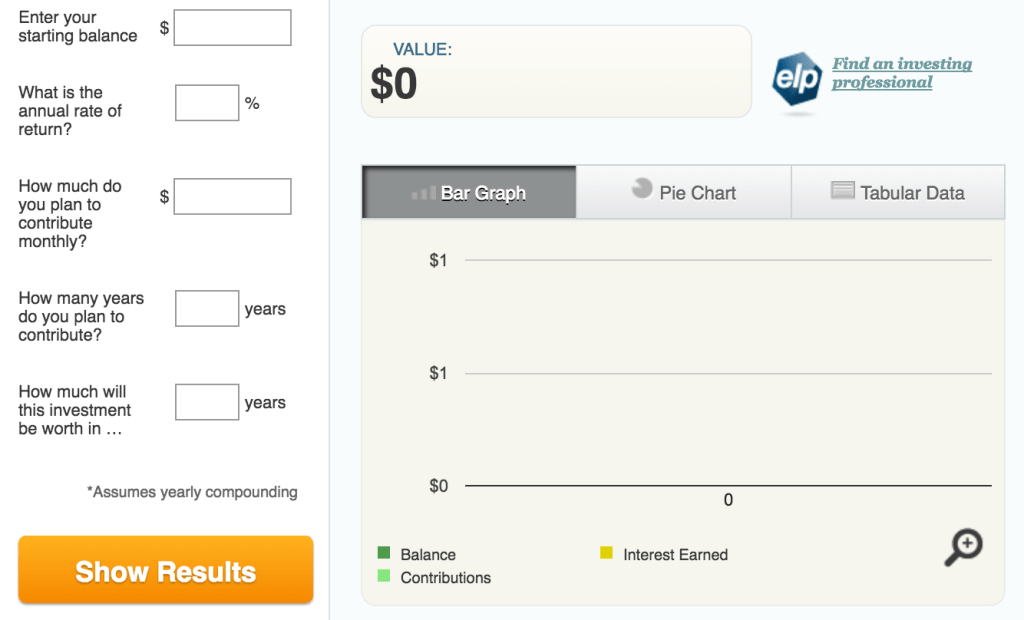
Calculator can be found here.
Let’s look at one more example. Saver Samantha is 40 and has accumulated $400,000. She spends $40,000 per year, so needs $1,000,000 to retire. At her current savings rate, she’s going to make it and then some:
If you want to track your magic number automatically as you work towards it, you can sign up for Personal Capital’s free retirement planner here.
Saving For Retirement Doesn’t Have To Be Hard
Are you intimidated? Don’t be. In my examples, the savers achieved their goals by saving $1,000 per month. At that amount, you’re not even close to maxing out your 401(k). With an employer match and potential spousal income, I know you can do it.
And investing doesn’t have to be complicated. Salesmen on Wall Street pedalling overpriced, sub par investment products want you to think so, but services like Betterment allow you to easily and efficiently invest in low-fee index funds.
Again, remember that your 401(k) is a wonderful savings tool.
Retiring at 50 may sound like a lofty goal, but it can be done. Work hard and save even harder. You have a lot of living to do and the best life isn’t wasted in a cube. Would you rather have this:
Working life: Alarm clock. Traffic. Boss. Cube. Deadlines. Coworker with body odor. Stress.
Or this:
Financially independent life: Explore. Teach. Read. Nap. Learn. Exercise. Volunteer. Get outside. Learn. Work on your dreams. Grow. Live with passion and enthusiasm.
The cube isn’t looking so great now, is it?
Photo credit: American Advisors Group via Flickr

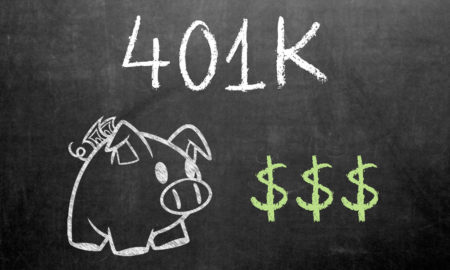





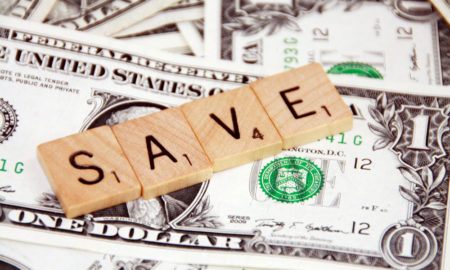











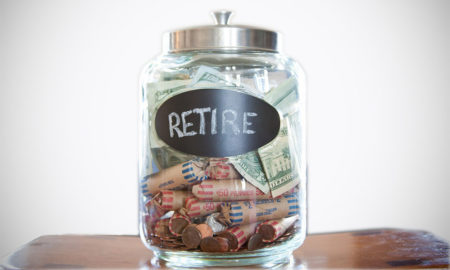





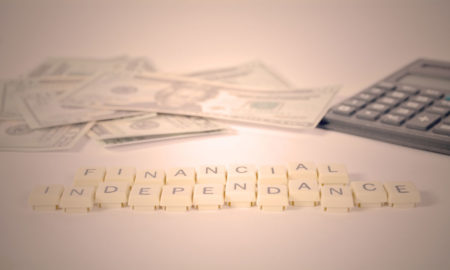

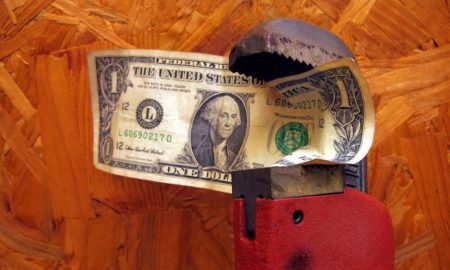
2 Comments